Comparing The Karate Kid Part II To The Original Film
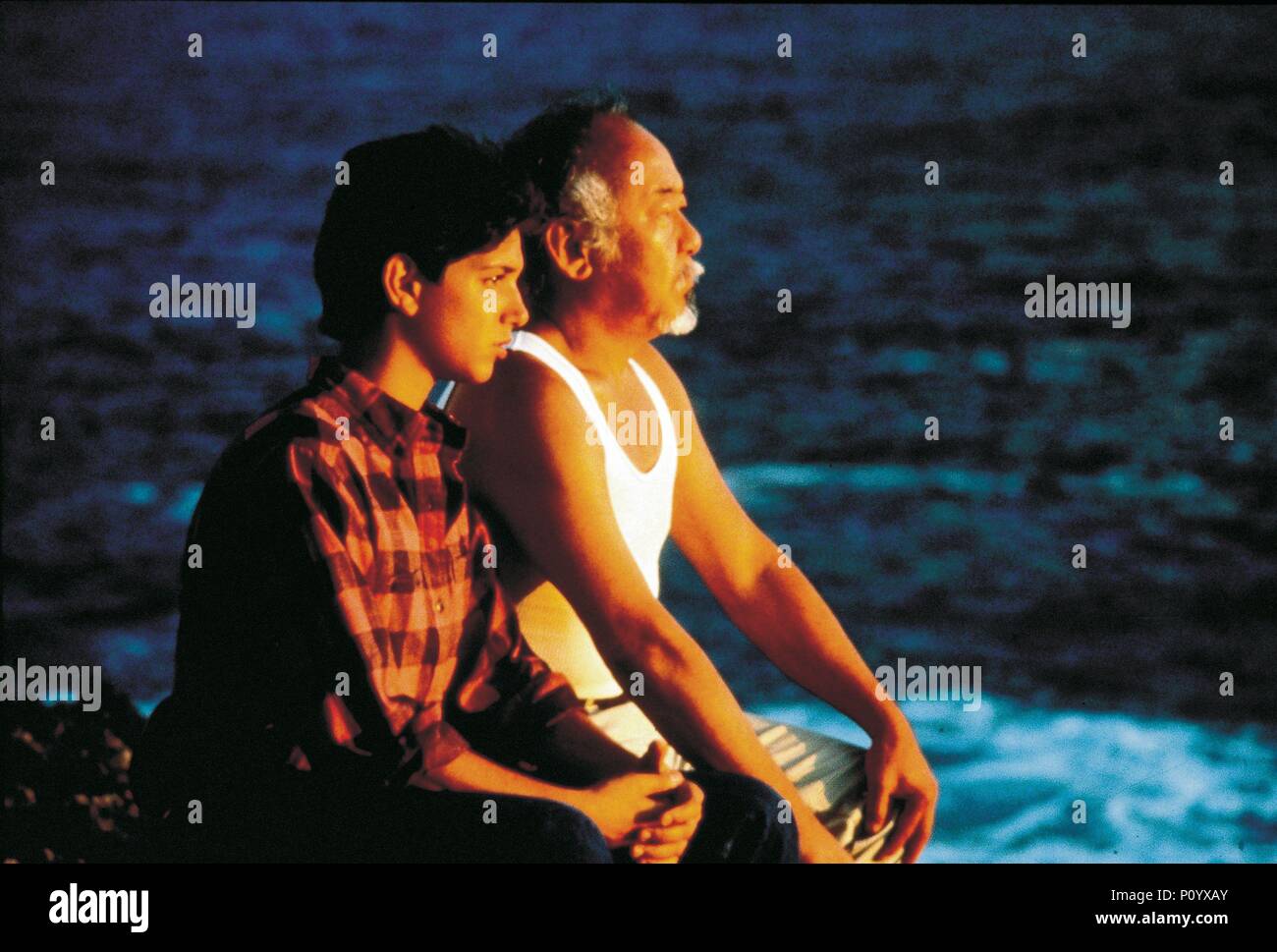
Table of Contents
Setting and Atmosphere: From Reseda to Okinawa
The All-American Setting of the Original
The Karate Kid (1984) establishes a relatable, all-American setting in Reseda, California. This familiar suburban environment immediately grounds the audience, allowing us to connect with Daniel LaRusso’s struggles as he navigates a new school and the bullying of the Cobra Kai dojo.
- Contrast and Challenge: The film expertly contrasts Daniel’s initially comfortable surroundings with the unfamiliar and threatening world of high school rivalries and karate competition.
- Mr. Miyagi's Dojo: Mr. Miyagi's humble dojo serves as a sanctuary, representing tradition, discipline, and the peaceful path of karate, a stark contrast to the aggressive tactics of Cobra Kai.
The Exotic Appeal of Okinawa
The Karate Kid Part II (1986) dramatically shifts the setting to the exotic island of Okinawa, Japan. This change immediately alters the film's tone and challenges Daniel in entirely new ways.
- Cultural Immersion: The cultural differences between America and Okinawa are vividly portrayed, showcasing new customs, traditions, and a completely different way of life.
- New Challenges: Daniel faces new challenges, not only in karate but also in navigating a foreign culture and language. The visual spectacle of Okinawa itself becomes a character, adding to the film's visual richness.
- New Characters and Traditions: The introduction of characters like Kumiko, Chozen, and Sato brings fresh dynamics and conflicts, adding layers to the narrative and expanding on the themes of cultural exchange and understanding.
Comparing the Tone and Mood
The shift in location significantly impacts the tone and mood of the films. The Karate Kid has a more straightforward, almost coming-of-age story feel, punctuated by moments of intense conflict. The Karate Kid Part II, however, possesses a more adventurous and exotic feel, embracing a slower pace and a broader scope.
- Pacing and Humor: The original boasts a faster pace with more comedic moments interwoven into the narrative. The Karate Kid Part II is more deliberate, with a focus on character development and cultural exploration.
- Intensity: While both films have their share of intense moments, the conflict in The Karate Kid Part II is often more emotionally charged and deeply rooted in cultural clashes and family history.
Characters and Relationships: Evolution and New Dynamics
Daniel LaRusso's Journey
Daniel’s journey is central to both films, but his growth is particularly evident in the sequel. He transitions from a vulnerable newcomer to a more confident and skilled karateka.
- Emotional Maturity: He demonstrates greater emotional maturity, navigating complex relationships and cultural differences.
- Increased Confidence: His increased confidence and skills are a testament to his training and experiences.
- Adaptability: His ability to adapt to completely new circumstances showcases his resilience and personal growth.
Mr. Miyagi's Role and Past
The Karate Kid Part II unveils a significant layer to Mr. Miyagi's character through the revelation of his past and his complex relationship with Okinawa.
- Backstory Significance: His backstory adds depth and emotional resonance, enriching his relationship with Daniel and providing context for his actions and teachings.
- Relationship Dynamics: This revelation significantly impacts his relationship with Daniel, adding new layers of understanding and emotional connection between them.
- Emotional Resonance: The backstory deepens the emotional weight of the film, making his actions and motivations more profound and meaningful.
Introduction of New Characters
The sequel introduces a compelling array of new characters who significantly impact the narrative and Daniel's journey.
- Kumiko: Kumiko represents a new cultural perspective and offers Daniel a romantic interest and a connection to Okinawan life.
- Chozen and Sato: Chozen and Sato serve as formidable antagonists, representing the darker side of Okinawan culture and adding significant conflict to the story.
- Narrative Significance: These characters significantly expand the narrative, challenging Daniel in both physical and emotional ways, enriching the overall experience.
Themes and Storytelling: Exploring Deeper Meanings
The Core Themes of Self-Discovery
Both films prominently feature the theme of self-discovery. However, the context differs significantly.
- Reseda vs. Okinawa: In the original, Daniel’s self-discovery is primarily focused on his personal growth within the context of high school and karate. In the sequel, his self-discovery extends to his understanding of different cultures and his own place within them.
- Personal Growth: Both films effectively show how Daniel confronts and overcomes his personal challenges, ultimately emerging stronger and more confident.
Cultural Understanding and Acceptance
The Karate Kid Part II significantly expands upon the themes of tolerance and acceptance introduced in the original film.
- Cross-Cultural Interactions: The film explores cross-cultural interactions, highlighting the importance of understanding and respecting different cultures.
- Overcoming Prejudice: It depicts how prejudice can manifest itself, and demonstrates the potential for bridging cultural divides.
- Cultural Exchange: The exchange between American and Okinawan cultures enriches the film and underscores the importance of mutual understanding and acceptance.
Comparing the Narrative Structure
The two films utilize different approaches to storytelling.
- Plot Complexity: The Karate Kid Part II is arguably more complex, weaving together multiple storylines and focusing on a broader range of characters and conflicts. The original is more streamlined, with a clearer focus on the central conflict between Daniel and the Cobra Kai.
- Narrative Arc: Both films follow a classic hero's journey arc, but the sequel is more expansive and emotionally resonant.
- Pacing and Structure: The Karate Kid maintains a faster, more action-oriented pace, while The Karate Kid Part II utilizes a more measured approach to build emotional depth and cultural exploration.
Conclusion
The Karate Kid and The Karate Kid Part II, while sharing the central theme of self-discovery through karate, offer distinct cinematic experiences. The original provides a relatable coming-of-age story within a familiar setting, while the sequel expands the narrative with an exotic location, deeper character development, and broader exploration of cultural understanding. Both films, however, contribute to the lasting legacy of the franchise and continue to resonate with audiences for their inspiring themes and memorable characters. Which Karate Kid movie resonates most with you? Share your thoughts on The Karate Kid Part II vs. The Karate Kid in the comments below!

Featured Posts
-
 Grand Ole Opry London Show Celebrating 100 Years Of Country Music
May 23, 2025
Grand Ole Opry London Show Celebrating 100 Years Of Country Music
May 23, 2025 -
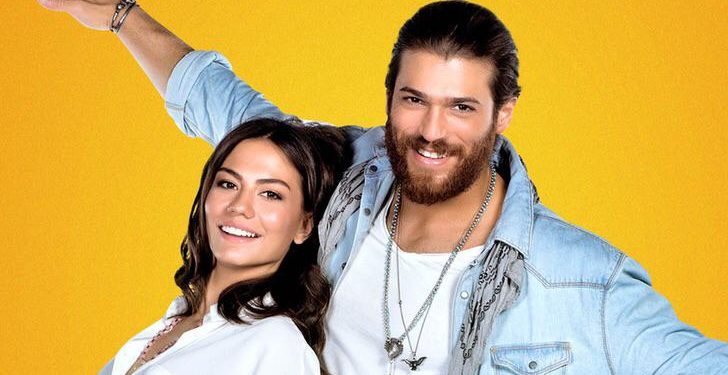 Distributie De Vis Pe Netflix Un Nou Serial Care Promite Mult
May 23, 2025
Distributie De Vis Pe Netflix Un Nou Serial Care Promite Mult
May 23, 2025 -
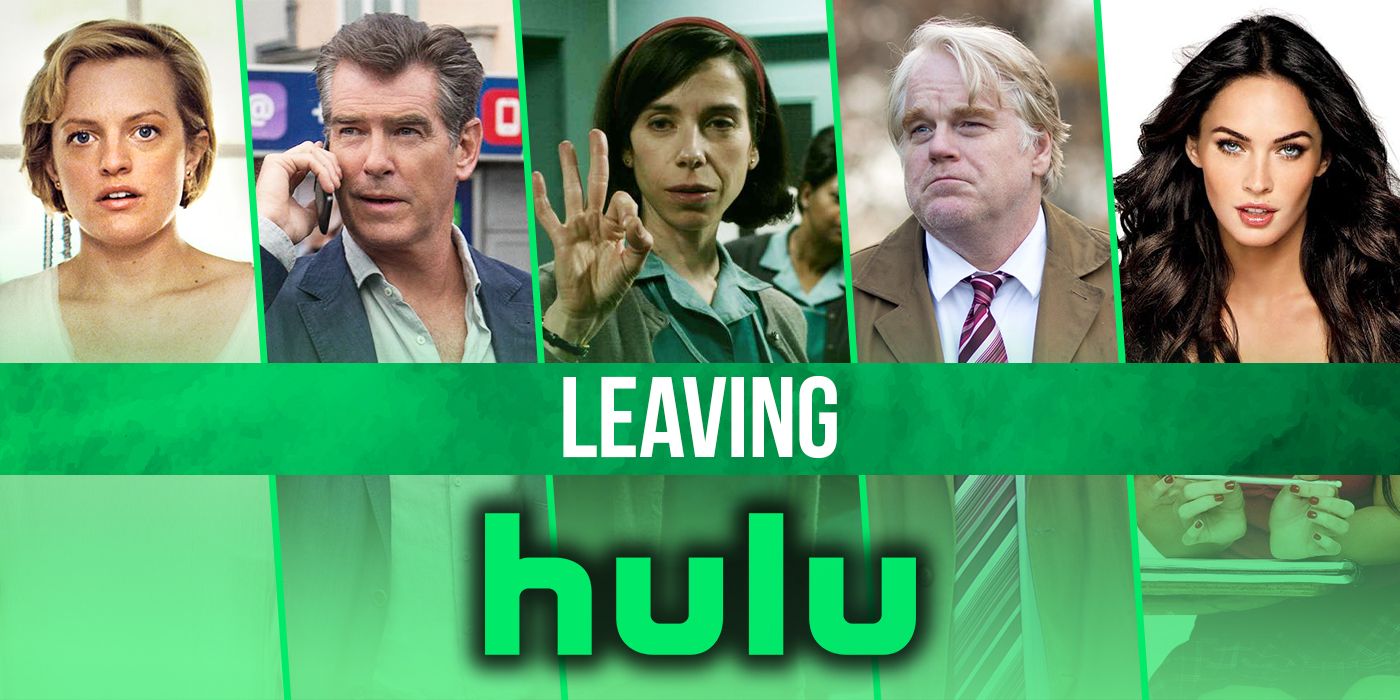 Dont Miss It Hulu Movie Departures This Month
May 23, 2025
Dont Miss It Hulu Movie Departures This Month
May 23, 2025 -
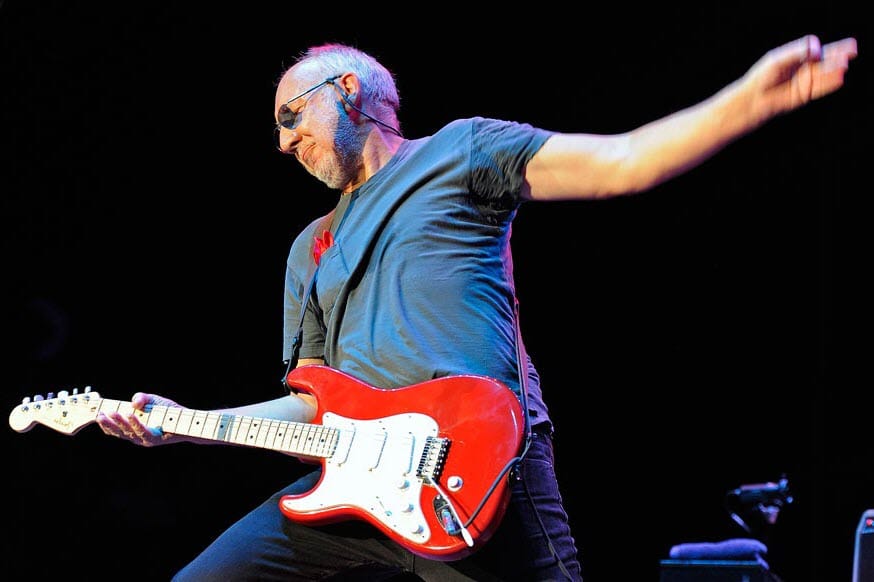 Top 10 Essential Pete Townshend Songs
May 23, 2025
Top 10 Essential Pete Townshend Songs
May 23, 2025 -
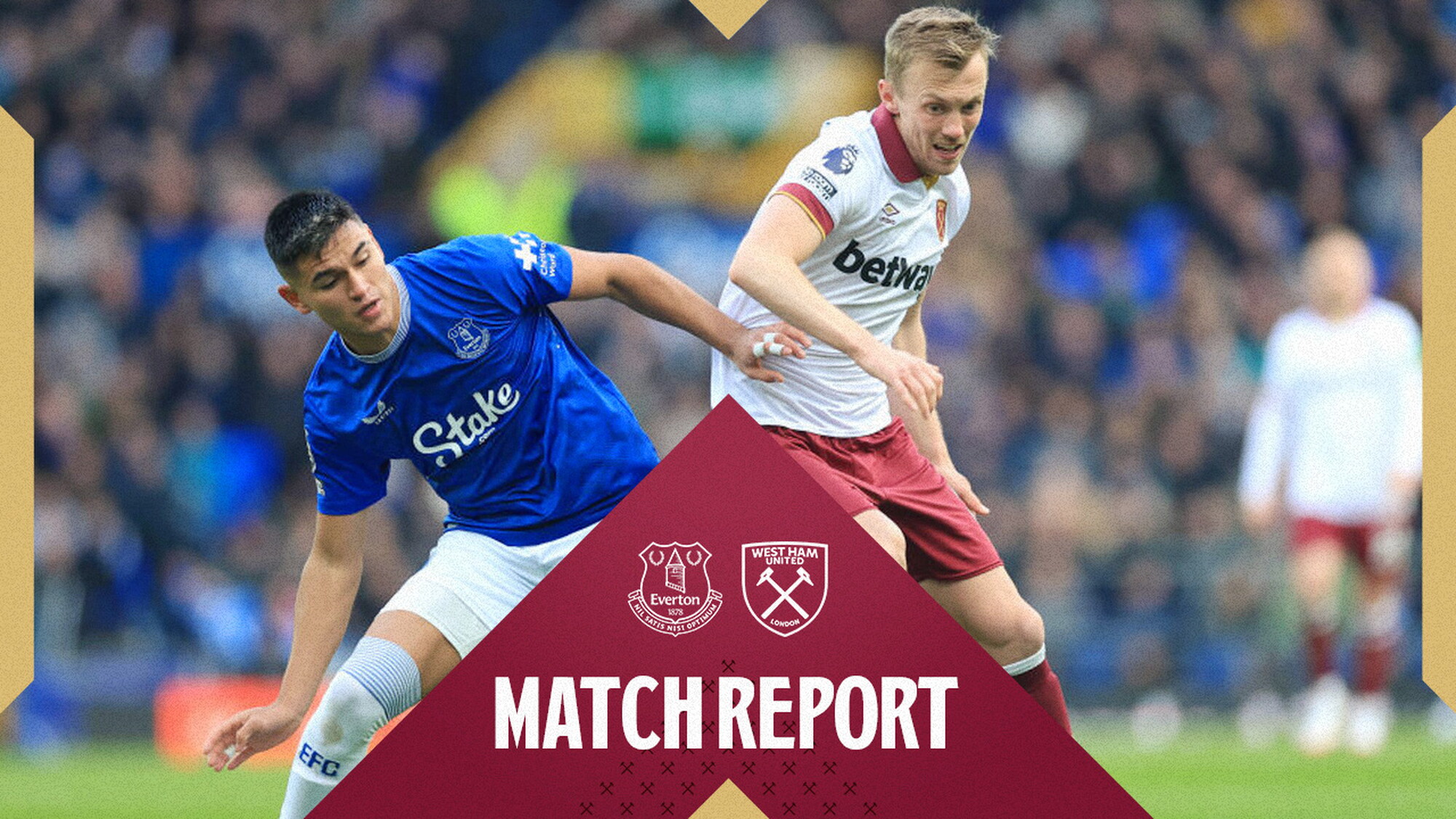 Crawleys Late Innings Deny Gloucestershire Victory County Cricket Match Report
May 23, 2025
Crawleys Late Innings Deny Gloucestershire Victory County Cricket Match Report
May 23, 2025
Latest Posts
-
 New Netflix Dark Comedy Series With Kevin Bacon And Julianne Moore A Sneak Peek
May 23, 2025
New Netflix Dark Comedy Series With Kevin Bacon And Julianne Moore A Sneak Peek
May 23, 2025 -
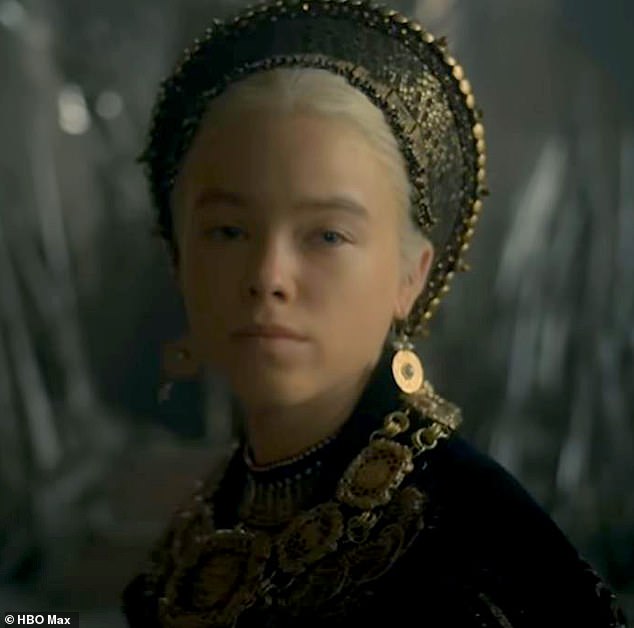 Did House Of The Dragons Milly Alcock Get An Acting Coach
May 23, 2025
Did House Of The Dragons Milly Alcock Get An Acting Coach
May 23, 2025 -
 Netflix Unveils New Drama Series Featuring White Lotus Star And Oscar Winner
May 23, 2025
Netflix Unveils New Drama Series Featuring White Lotus Star And Oscar Winner
May 23, 2025 -
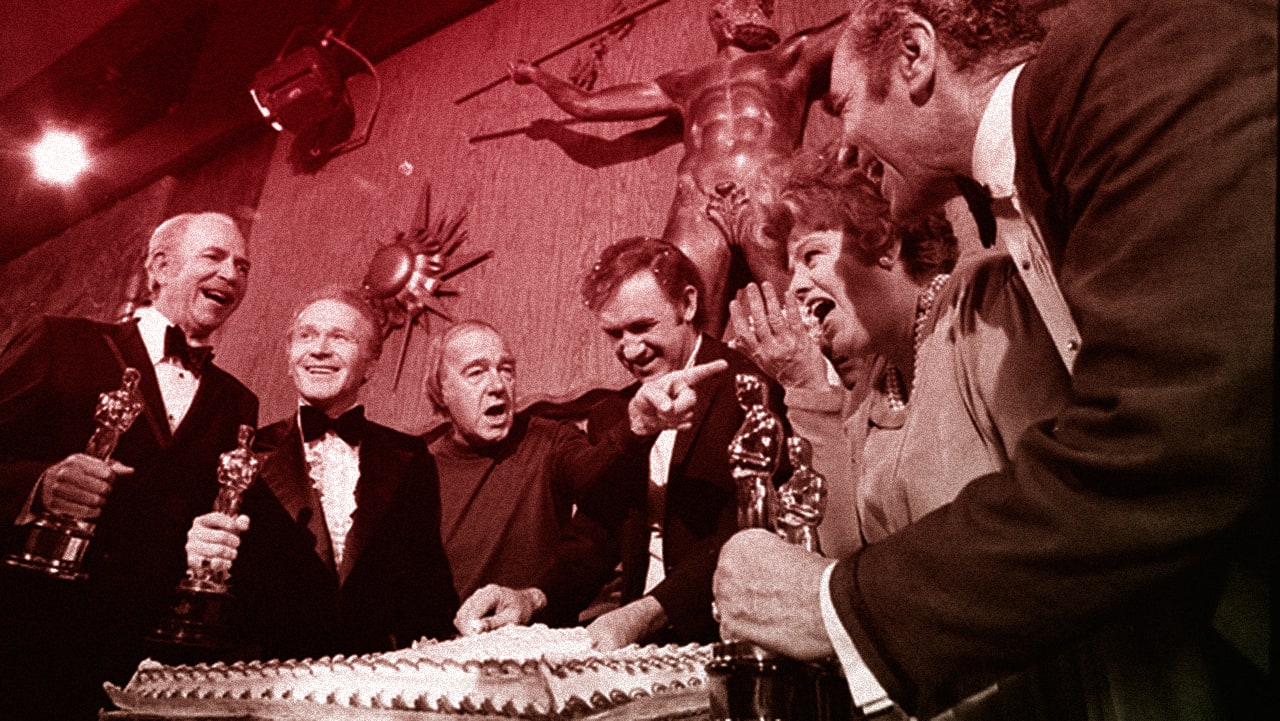 Oscar Winner And White Lotus Star Team Up For Netflixs Next Big Drama
May 23, 2025
Oscar Winner And White Lotus Star Team Up For Netflixs Next Big Drama
May 23, 2025 -
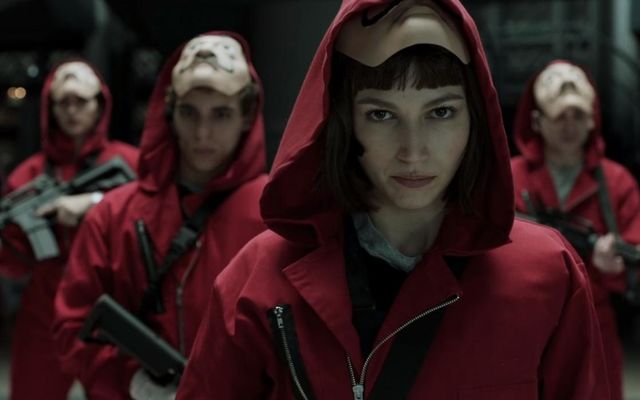 Un Nou Serial Netflix Cu O Distributie Demna De Oscar
May 23, 2025
Un Nou Serial Netflix Cu O Distributie Demna De Oscar
May 23, 2025
